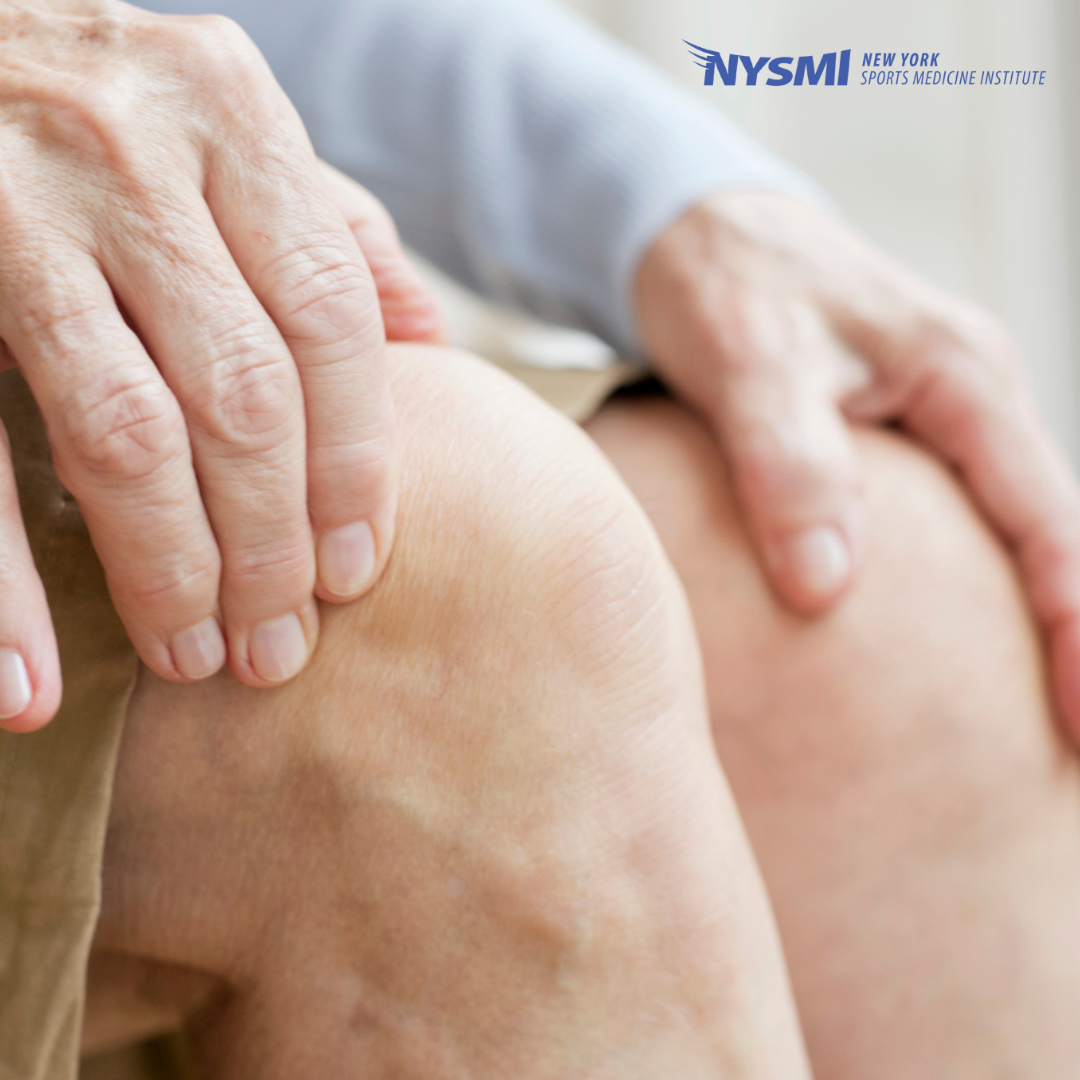
04 Aug Understanding Common Knee Injuries: Causes And Treatments
In today’s fast-paced world, where physical activity and sports are integral to our lives, knee injuries have become a prevalent concern. Whether you’re an athlete or someone who enjoys a leisurely stroll, understanding common knee injuries, their causes, and available treatments is essential to maintaining an active and healthy lifestyle. At New York Sports Medicine Institute, our experts would like to discuss common knee injuries and share insights into effective treatments.
Understanding Knee Injuries
Here is an overview of some of the most common knee injuries and how our experts at New York Sports Medicine Institute can treat them:
● Ligament Tears: ACL, MCL, and PCL Injuries – Ligament injuries are one of the most common knee problems individuals face. The Anterior Cruciate Ligament (ACL), Medial Collateral Ligament (MCL), and Posterior Cruciate Ligament (PCL) are three major ligaments that provide stability to the knee joint. These ligaments are susceptible to tears due to sudden twists, pivots, or impacts during activities like sports. An ACL tear often requires surgical intervention, while minor MCL and PCL tears can be treated with rest, physical therapy, and anti-inflammatory medications.
● Meniscus Tears: Cartilage Damage and Repair – The meniscus, a C-shaped cartilage in the knee, acts as a cushion and critical shock absorber between the thigh bone and shinbone. Meniscus tears occur when the knee is subjected to forceful twisting or sudden movements. These tears can lead to pain, swelling, and limited range of motion. Treatment options range from conservative approaches, such as rest and exercises, to arthroscopic surgery for severe cases. Understanding the severity of the tear is crucial for determining the appropriate course of action.
● Patellar Tendonitis: Overuse and Inflammation – Patellar tendonitis, commonly known as “jumper’s knee,” is characterized by pain and inflammation around the patellar tendon that connects the kneecap to the shinbone. This condition often affects athletes who engage in repetitive jumping or kicking motions. Proper rest, ice, and exercises are essential for managing patellar tendonitis. Adjusting training intensity and using appropriate knee supports can also prevent recurrence.
● Bursitis: Inflammation of the Bursae – Bursae are fluid-filled sacs that reduce friction between bones, tendons, and muscles around the joint. When these bursae become
inflamed, a condition called bursitis develops. Excessive kneeling, prolonged pressure on the knees, or sudden impact can trigger bursitis. Rest, ice, anti-inflammatory medications, and gentle exercises are usually effective for treating bursitis. In severe cases, a doctor might drain excess fluid from the bursa.
● Osteoarthritis: Degeneration of the Knee Joint – Osteoarthritis is a degenerative joint condition commonly affecting the knees. As we age, the cartilage that cushions the knee joint wears away, leading to pain, stiffness, and reduced mobility. Maintaining a healthy weight, engaging in low-impact exercises, and using pain-relieving medications can help manage osteoarthritis symptoms. In advanced cases, a doctor may recommend surgical interventions, such as knee replacement surgery.
● Dislocated Kneecap: Traumatic Instability – A dislocated kneecap occurs when the kneecap moves out of its normal position, often due to a sudden change in direction while the foot is planted. This can result in intense pain and difficulty straightening the leg. Immediate medical attention is required to safely relocate the kneecap and prevent further damage. Therapeutic exercises are essential to regain strength and stability in the knee.
● Strains and Sprains: Muscle and Ligament Injuries – Strains and sprains involve overstretching or tearing of muscles or ligaments around the knee. These injuries can result from sudden movements, falls, or overexertion. Mild strains and sprains can often be managed with rest, ice, compression, and elevation (RICE method). Severe cases may require medical evaluation and targeted rehabilitation exercises.
Contact Us
Understanding common knee injuries is the first step toward preventing and effectively treating them. Whether you’re an athlete striving for peak performance or an individual seeking an active lifestyle, recognizing the causes, symptoms, and treatments for knee injuries is paramount. Remember that each person’s condition is unique, and seeking professional medical advice is crucial for accurate diagnosis and personalized treatment plans. Our experts at New York Sports Medicine Institute are here to help you optimize your recovery and get back on the field pain-free. Contact us today to learn more and request an appointment!

